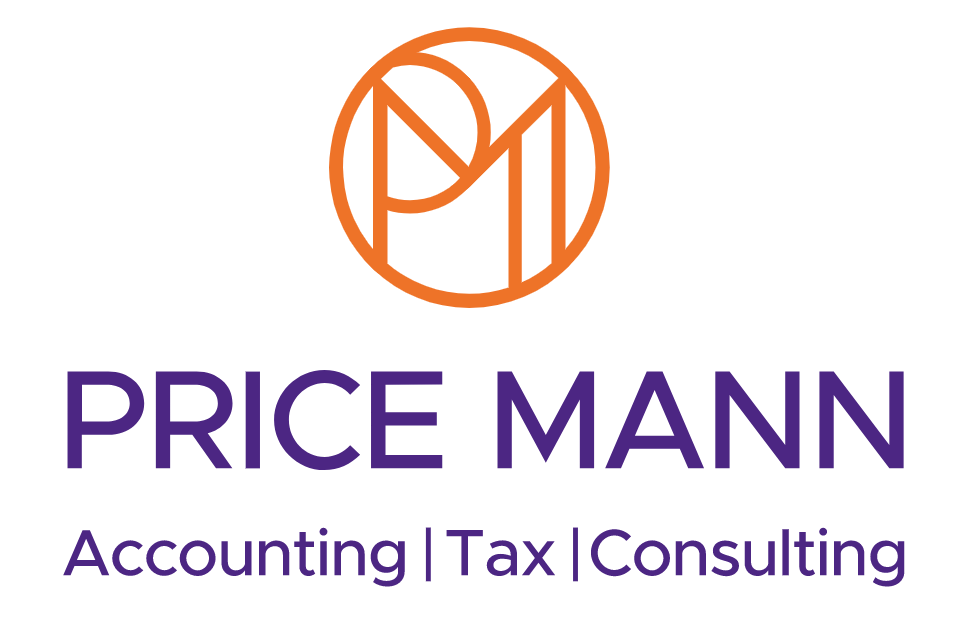If you have a defined contribution pension scheme – whether private or through your employer – your retirement savings have probably been hit quite hard by the COVID-19 pandemic over the past 12 months.
That’s because pension funds invest in the stock market and recent turbulence, which has caused big rises and falls, have had a significant impact on how much is in your pot.
The average pension lost around 15% when the coronavirus first hit the stock market back in March 2020, before recovering 13% of the lost ground by the end of August 2020.
Obviously, savers who are in their 30s or 40s have time on their side to potentially ride out market volatility and get their pension savings back on track.
The same can’t be said for people nearing retirement. According to a report from the People’s Pension, 74% of people either approaching retirement or aiming to retire in the near future are on course to run out of money in their early to mid-80s.
In addition, only one in ten respondents are making detailed money plans for the future, suggesting that the vast majority have their heads in the sand.
Whatever stage of your life you are at, planning for your retirement has arguably never been more important than it is now after last year’s events.
Why is planning important?
In short, retirement planning has evolved at a rate of knots over the last two decades or so. Fewer people enjoy the benefits of a final-salary pension, which pays out an income based on how much you earn when you retire, while you have to wait longer to receive the state pension.
The state pension is nowhere near enough for most people to retire on in 2020 and beyond, due to the cost of living in the UK. Think of the state pension as more of a top-up to other retirement income, rather than something to rely on.
Workplace pensions have become more common in recent years, after the introduction of auto-enrolment in October 2012. Since then, more than 10 million employees have been automatically enrolled into defined contribution pension schemes.
Crucially, around five million self-employed workers are not eligible for workplace pensions. That might change in the future if new legislation comes in but last year, investing in property remained the most popular retirement planning option for the self-employed, according to the Office for National Statistics.
Personal pensions, stakeholder pensions and self-invested personal pensions can also have a role to play in a retirement planning strategy, especially for those who are excluded from auto-enrolment like the self-employed.
There are plenty of options to consider when it comes to accumulating your pension pot, which will hopefully allow you to maintain a comfortable quality of life after you retire. Seek professional advice to fully understand your choices.
How much will be required?
The longer you are able to save for retirement, the lower the amount you will need to set aside. Obviously, that implies that the earlier you start saving for retirement, the easier it should be.
With the cost of living in the UK increasing and many variables to consider – not least the age at which you start saving and when you intend to retire – only you know how much you need to fund a comfortable retirement.
A recent study from SunLife suggested that the average person over the age of 55 needs £114,436 to retire in 2021. On average, respondents aged 55-60 required more (£180,741) than those in their 60s (£101,811).
That’s by no means a one-size-fits-all approach, but it does serve to illustrate how retirement goals differ depending on the age at which you start saving into your pension pot.
Savers in their 20s, for example, would require much more than people nearing retirement. But they could put in smaller amounts due to the having many years of their careers ahead.
Whatever your age, you can put up to £40,000 into your pension pot in 2020/21, although a lower amount can apply if you’ve:
• started flexibly accessing your pension from the age of 55
• your net-relevant earnings are lower
• if you earn over a certain amount.
If the total value of your pension pot exceeds £1,073,100 when the time comes to start drawing your pension then you may have to pay a tax charge.
Where to start
If you’re employed and in your 20s or 30s, it’s a wise idea to take advantage of your workplace pension. Every employer is legally obliged to auto-enrol workers over the age of 22 and earning more than £10,000.
Self-employed workers in this age group should consider saving into a personal pension or a lifetime ISA to kickstart their retirement savings. These options are also open to employees to supplement other savings going into their pension pots.
Consider your appetite for risk at this stage of your career. Usually, workers who are early in their careers can be more confident about putting their savings into riskier investments as they have many working years left to ride out any volatility.
It often makes sense to reduce the level of risk for savers who are nearing retirement as they won’t have much time left in their careers for their savings to recover from any high-risk losses.
Nearing retirement
If you’re approaching retirement, get an idea of how much your retirement income is likely to be as things stand.
Also be aware that this income will be liable for income tax if it, combined with any other income you receive, is above the personal allowance (£12,500 in 2020/21).
Start by checking your state pension. A couple claiming the full basic state pension will get £13,988 a year under the old system in 2020/21 and around £18,220 from the new state pension (if both people receive the new state pension in full).
Then go through all of your anticipated expenditure in retirement, including things like utility bills, insurance premiums or (when the pandemic is over) costs for holidays. You might also have a mortgage to pay off, although it’s always wise to repay that before you retire, along with any other debts.
Armed with a clearer picture of how much you have in your pension pot, you can begin to have an idea of the earliest you could start drawing your pension. There’s far greater flexibility when it comes to accessing your pension from the age of 55, although the earlier you start raiding your savings, the earlier your pot might start to reduce. This can leave you short on income when you retire.
Tax implications in retirement
Anyone over the age of 55 can take their whole retirement savings as a lump sum, with the first 25% tax-free and the rest taxed at their marginal rate.
Be aware that withdrawing this as a lump sum can push you into a higher income tax band, potentially doubling your income tax bill if you are a basic-rate taxpayer.
For example, if you earn £45,000 a year in 2020/21, you will pay income tax at 20%. If you take £10,000 out of your pension, which is not covered by the tax-free element, your top income tax rate will double to 40% as the withdrawal takes your income to £55,000 and pushes you into the higher-rate band.
If you were to withdraw more than £105,000 from your pension in 2020/21, you would pay the additional rate at 45% as this income tax band starts at £150,000. Always seek expert advice if you are considering drawing your pension.
If you continue to work beyond your state pension age, employee national insurance contributions will no longer be deducted from your pay packet.













